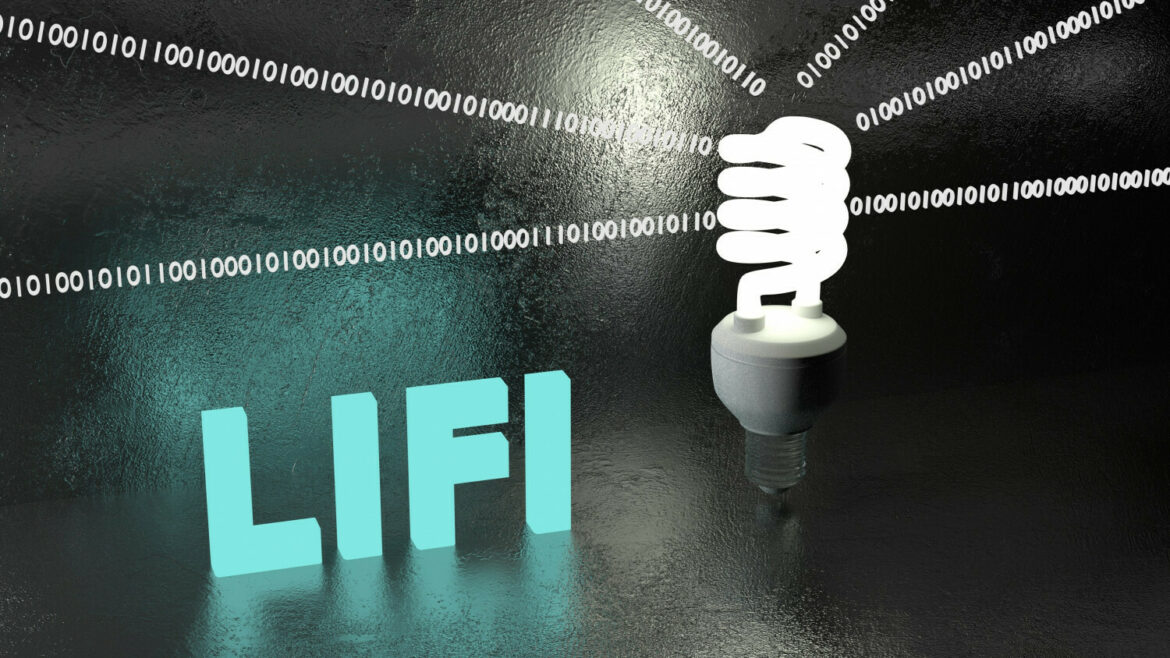The Faculty of Electronics and Information Technology of the Warsaw University of Technology (WEiTI PW) together with Exatel, VI Systems and the Fraunhofer Heinrich Hertz Institute from Germany will develop together LiFi solutions for 6G technology, in particular improving the process of sending large amounts of data using light.
As part of the project “Fast wireless optical transmission for secure communication”, scientists will create a demonstrator of a new telecommunications link within two years. Scientists have just received PLN 1.8 million from the National Center for Research and Development.
Prof. Jarosław Turkiewicz from the Telecommunications Institute of WEiTI PW emphasizes that replacing today’s high-frequency radio waves with light will bring many tangible benefits. “Thanks to the use of dedicated light sources and transmission techniques, we can transfer large amounts of data. Moreover, such a solution will enable the use of the benefits of the Internet in places where it was impossible before. I am convinced that our results will make communication even faster, more effective and safer”, added Prof. Turkiewicz.
The new technology, LiFi, developed by Polish and German scientists is a solution correlated to wireless data transmission. It uses light from diodes or lasers to provide networked, mobile, high-speed communication. Those unnoticeable to the human eyes changes in the transmitted light signal will provide the transmission of information. This solution has a number of advantages, including greater throughput – the ability to transfer large amounts of data per unit of time (in accordance with the sixth generation of 6G wireless communication technology), unique security – it is difficult to intercept the data stream, due to the fact that light does not penetrate through most of the obstacles and better control of access to the network – including the possibility of shaping the data stream beam, and thus directing it to a specific recipient.
Adrian Andrzejewski





